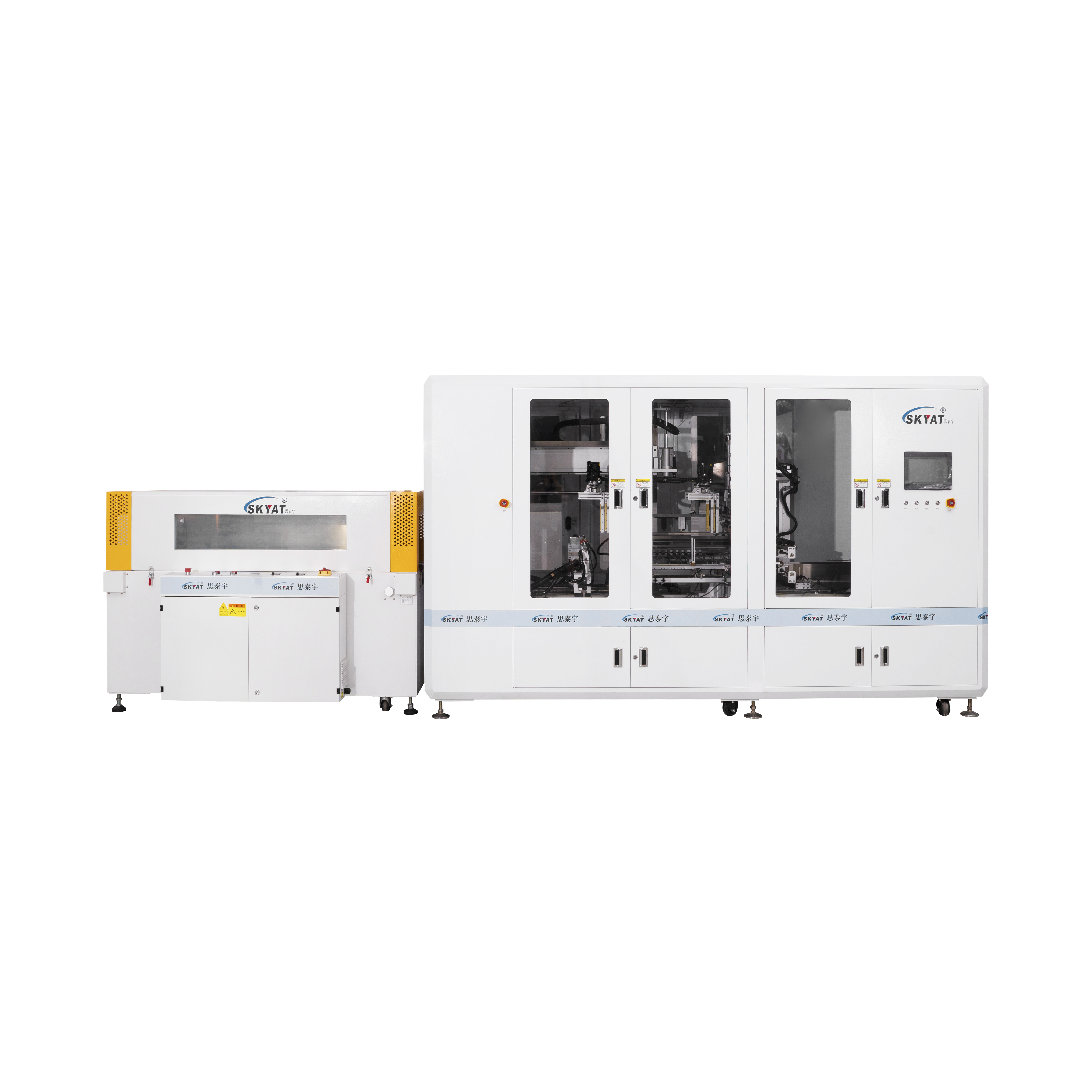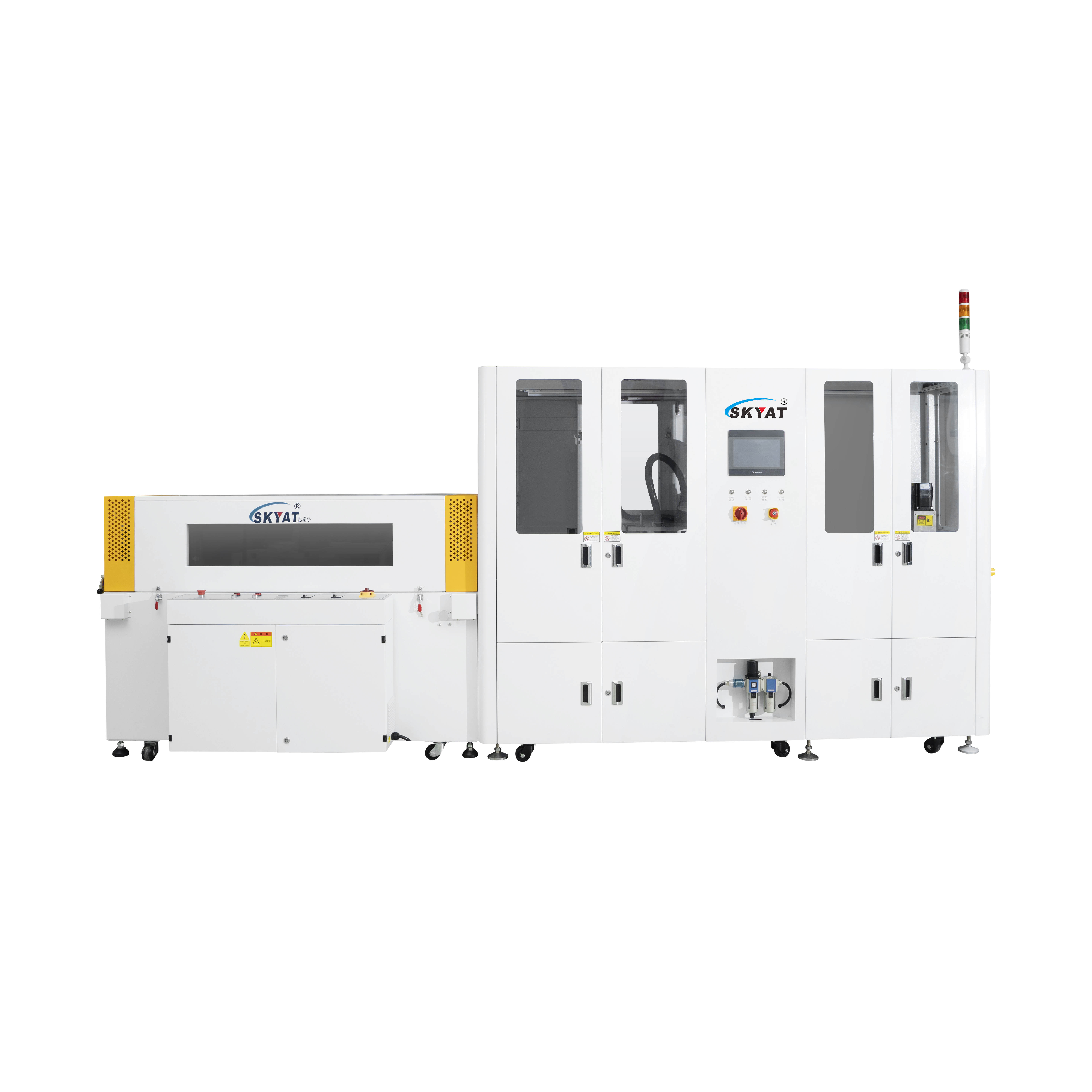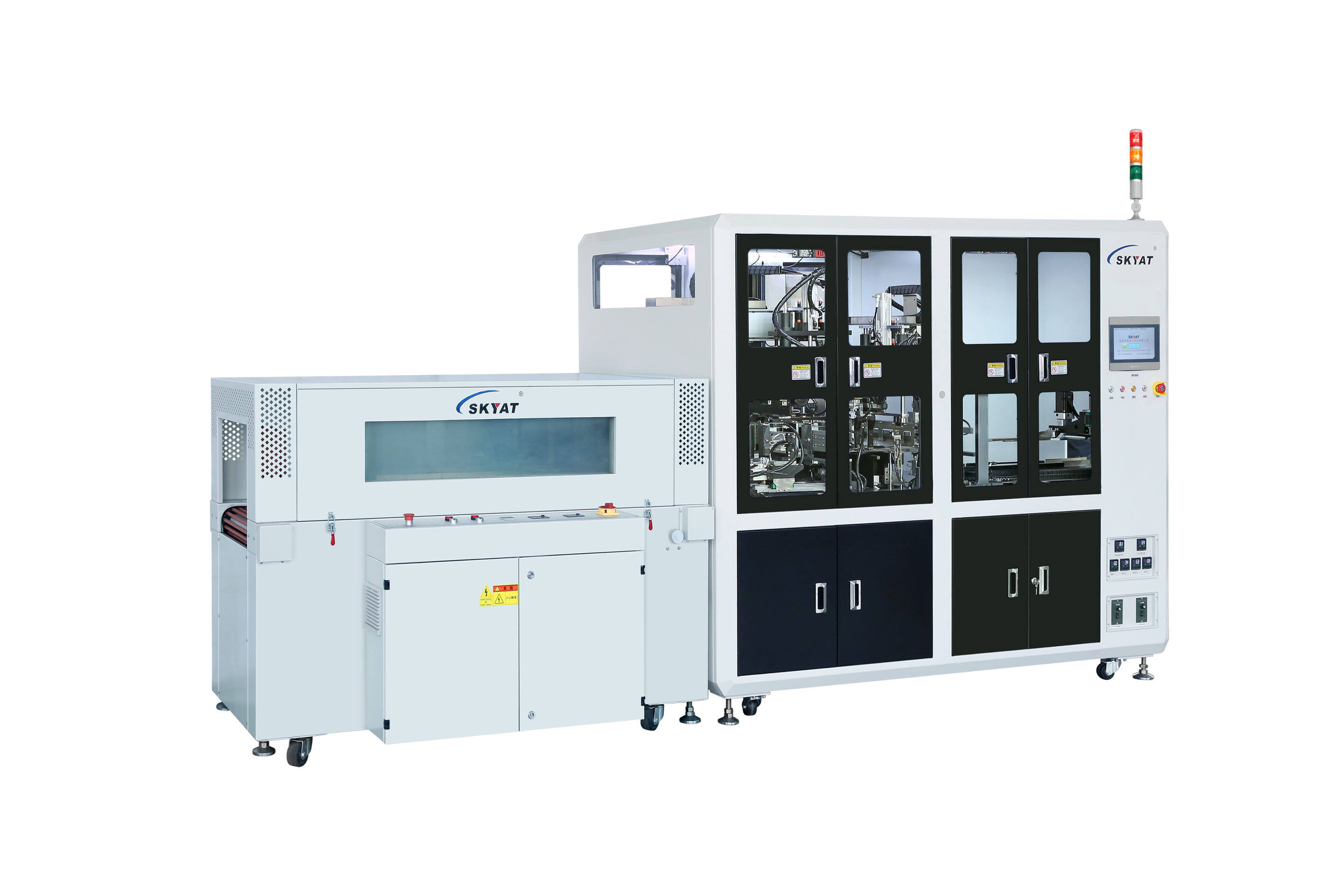High speed vs standard shrink wrap machines cater to different production demands, with each optimized for specific throughput and operational needs across industries. High speed shrink wrap machines are engineered for maximum efficiency, handling 150–300 items per minute through features like dual heat tunnels, rapid film feeding, and advanced sensors. They are indispensable for electronics manufacturing facilities packaging smart electronics devices, automotive manufacturing plants bundling parts during peak seasons, and gaming industry factories launching new titles—where meeting tight deadlines is critical. These machines integrate with high-volume production lines, reduce labor costs, and maintain consistency, though they require more space and higher energy usage, making them suitable for large-scale operations like new energy equipment manufacturers. Standard shrink wrap machines operate at 30–100 items per minute, offering a balance of speed and affordability for medium-volume needs. They are ideal for cosmetics brands with steady but not extreme demand, tea producers packaging batches daily, and ceramic industry workshops wrapping artisanal products. With simpler designs, they are easier to maintain, more energy-efficient, and better suited for irregularly shaped items like drone components or health supplements gift sets. Standard machines also have lower upfront costs, making them accessible for small businesses scaling up. Both types use PVC, POF, and PE films, but high speed models excel in uniform wrapping for steel hardware, while standard machines offer more flexibility for custom sizes. Choosing between them depends on production volume: high speed for large-scale, time-sensitive operations; standard for balanced efficiency and cost in medium-volume settings.




Copyright © 2025 By Skyat Limited. - Privacy policy